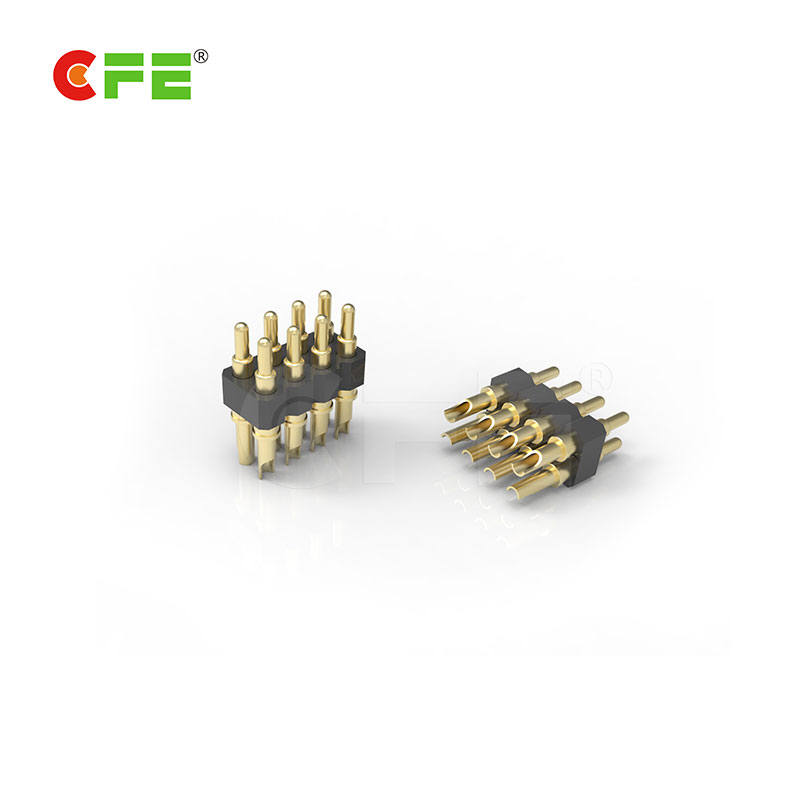Pin and Socket Connectors
Industrial and multi-phase pin and socket connectors provide higher voltage and current rated power connections compared to household plugs and sockets. They are usually used in multiphase systems with high current, or when it is necessary to prevent environmental hazards. The industrial outlet may have a weather shield, a waterproof sleeve, or may be interlocked with the switch to prevent accidental disconnection of the plug. Some types of connectors are approved for use in hazardous areas, such as coal mines or petrochemical plants where flammable gases may be present.
 |
 |
| [MS330-4111-B08100A] 2.54 mm pitch solder cup spring loaded contacts connector | [MP819-1133-G16100A] DIP through hole pogo probes connector |
Features and advantages of Pin and Socket Connectors
- Industry standard .093 “Pin and socket terminals
- Allow design flexibility
- High current terminals are available
- Suitable for applications up to 17.0 A
- The terminals are available for standard .093 “and 3191 series, plug or socket housings
- Allow design flexibility
 |
 |
| [MP325-111-E05100A] Sping loaded pogo pin right angle pcb connector | [MP315-2122-A06100A] 2.54 mm pitch spring loaded terminal connector |
Gender and Polarity of Pin and Socket Connectors
When you try to identify male and female of pin and socket connectors, please note the following:
- When the plug and socket are mated, it is important to ensure that the two connectors have the same polarity. For example, plugs and jacks should be RPSMA.
- Typically, the RF plug is positive and the thread is located on the inside of the housing.
- Typically, the RF socket is the female, and the thread is on the outside of the housing.
- The plug (plug) of the housing usually covers the jack (shell).




